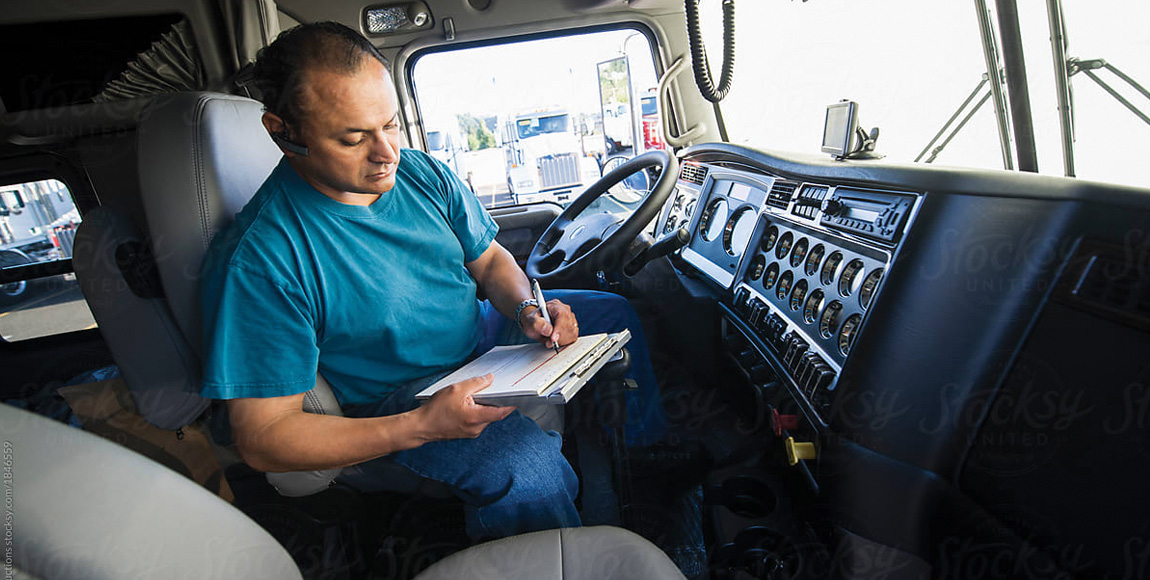Why micromanagement is a transporter’s friend

Operating a commercial vehicle in South Africa has become a tough business with continual rising costs and lower profit margins
To minimise a drop in profits it has become necessary to micromanage one’s business by constantly and accurately recording and examining all fixed and variable vehicle cost factors, and taking immediate action to rectify any cost that is higher than a set benchmark.
Fuel is one of the major operating cost factors in a transport operation (especially on long-haul routes), and must therefore be given high priority. In order to micromanage the fuel consumption of a vehicle, daily or trip fuel usage must be recorded, measured and compared to a realistic benchmark.
To establish the realistic and fair fuel consumption for a vehicle, the average expected fuel consumption figure should be obtained from the vehicle supplier or from the manufacturer of the vehicle.
Second, measure the fuel consumption that the vehicle is currently achieving by running it on the normal route that it travels and accurately recording the consumption. On this test run, make sure that an independent and honest person accompanies the driver to ensure that the information is correct.
As good driving techniques are one of the main means of lowering a vehicle’s fuel consumption, drivers need to be included in the management of the fuel. To motivate and encourage drivers to achieve good consumption results, they should be given incentives based on the savings achieved against a set fuel consumption target.
The next cost variable factor that needs to be micromanaged is the cost of the tyres fitted on the vehicle. In many road-transport operations, the cost of tyres is the second-highest variable cost factor and therefore requires micromanagement if operating costs are to be curtailed.
One of the best ways to manage tyre costs is to install a system that accurately accounts for all the related tyre costs, which can then be tabulated to give the operator a true cost per kilometre (CPK) for each and every tyre in the fleet. The total CPK is not what the tyre costs, but what it has done from the time of its purchase to the time that it is removed and scrapped.
Vehicle maintenance is the third variable cost that needs to be micromanaged. Again, establish accurate benchmarks using vehicle-maintenance records, or ask the vehicle dealer or manufacturer to assist by providing expected maintenance CPK figures for the relevant vehicle.
Constantly manage road toll fees to ensure that the vehicle is using the best and lowest-cost route. Beware of the temptation to route the vehicle on alternative routes to avoid paying toll fees. Previous studies on routing vehicles on alternative routes have shown that, in most cases, it is not a wise choice.
Time spent in carefully examining and constantly monitoring all the vehicles’ variable and fixed cost factors will be well rewarded.
Lastly, ensuring that the correct vehicle for the job is being operated, and that its uptime is maximised, will also assist in maximising profits.
Published by
Vic Oliver
focusmagsa



